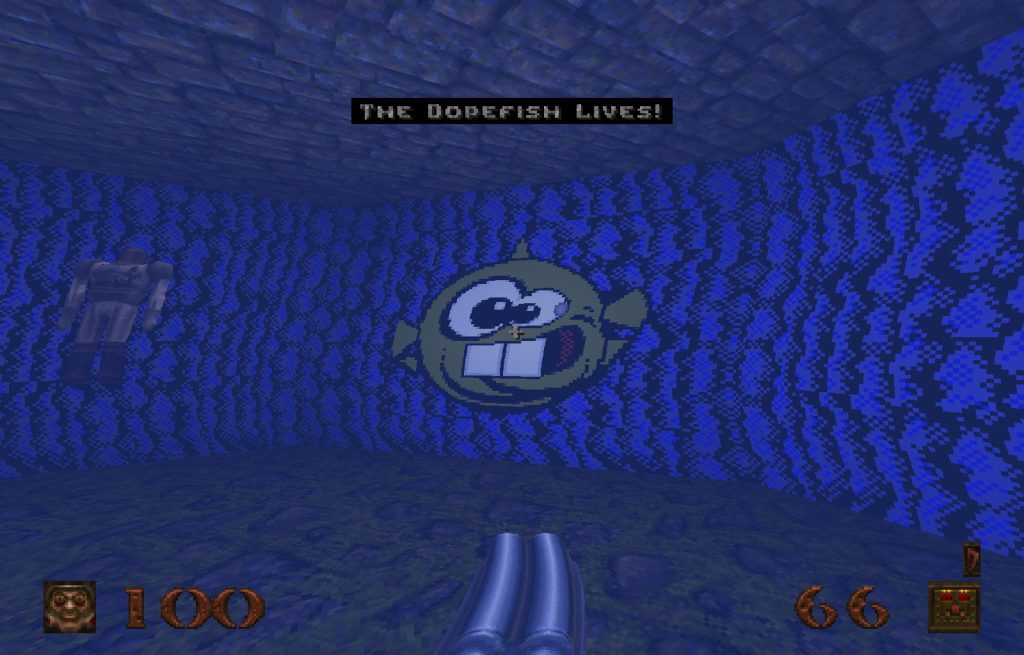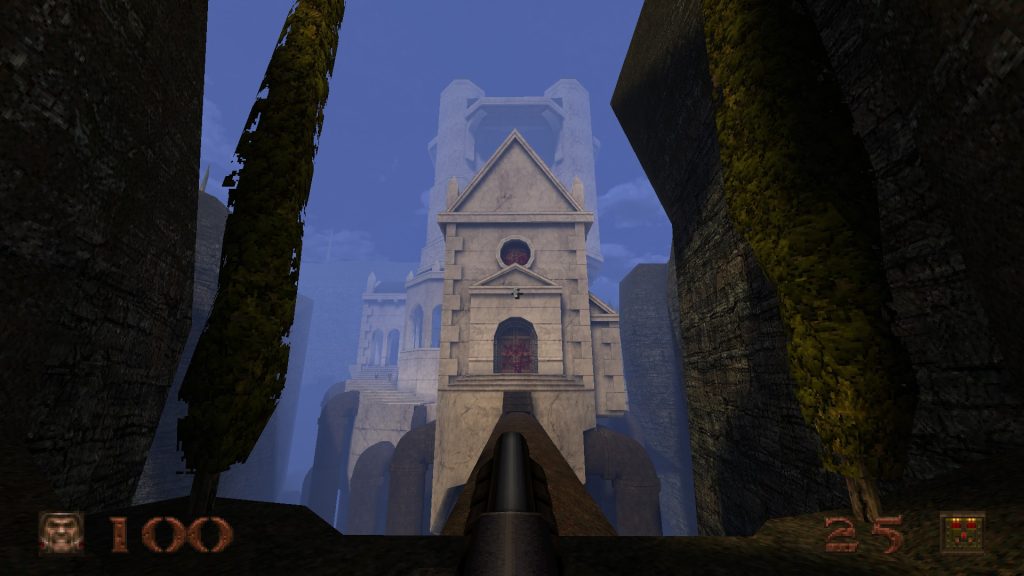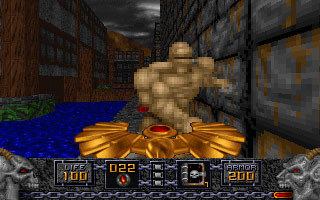Developer: Teyon
Publishers: Nacon
Genre: FPS
Year: 2025
Just wrapped up RoboCop: Rogue City – Unfinished Business, a standalone DLC to 2023’s RoboCop: Rogue City. I had enjoyed that one quite a bit as a AA budget FPS/RPG even with its flaws, which I think were covered pretty well in outlets like Bullet Points. Since Unfinished Business is a standalone expansion, it’s essentially more of the same, so I also enjoyed this despite it not being as well designed as the original game. Unfinished Business is sorta similar to the film Dredd (or what I remember of it) in that you are now investigating a large apartment complex that has been built by the mega corporation OCP and is doing everything in their power to get people to leave their homes and move into it, so they can knock everything down in Detroit and build a new city on top of it. Mercenaries have taken over the building For Reasons and you learn what they are as you walk through the building shooting bad guys.
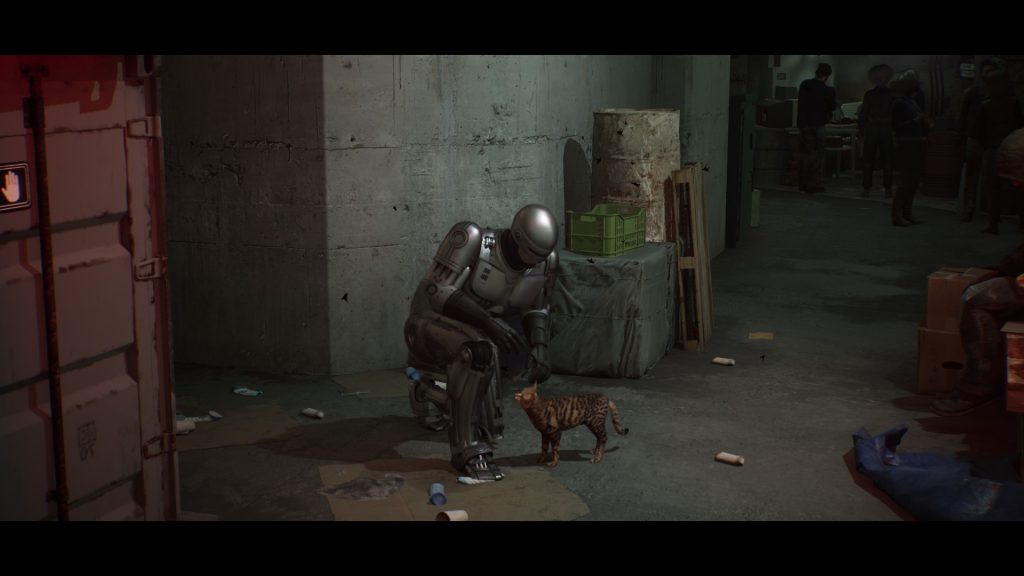
Just like with the original game, the shooting and movement still feels good to me and it’s fun seeing Peter Weller come back to do more RoboCop voice acting. One of the fun things in the original game was that you got to walk around Detroit doing some mysteries and exploration, and that part was cut down a lot in here. You still get little hub areas once in a while, but there’s a lot less exploration, which I thought was a shame. The parts that still exist are a lot of fun to walk around in so I wish we could have had more of that.
Something I really wish these Robocop games would do, but probably shouldn’t expect if we’re being honest, is leaning into the politics of the films more. OCP is clearly an evil corporation and throughout the game you’ll find little notes and emails of them doing evil stuff, like internal communications about how they can jack up the prices of insulin since it hasn’t hurt sales yet, but I wish there was more of this. I think it’s some of the more interesting bits but the games aren’t really that interested in being anti-cop or digging that much into the evils of OCP.
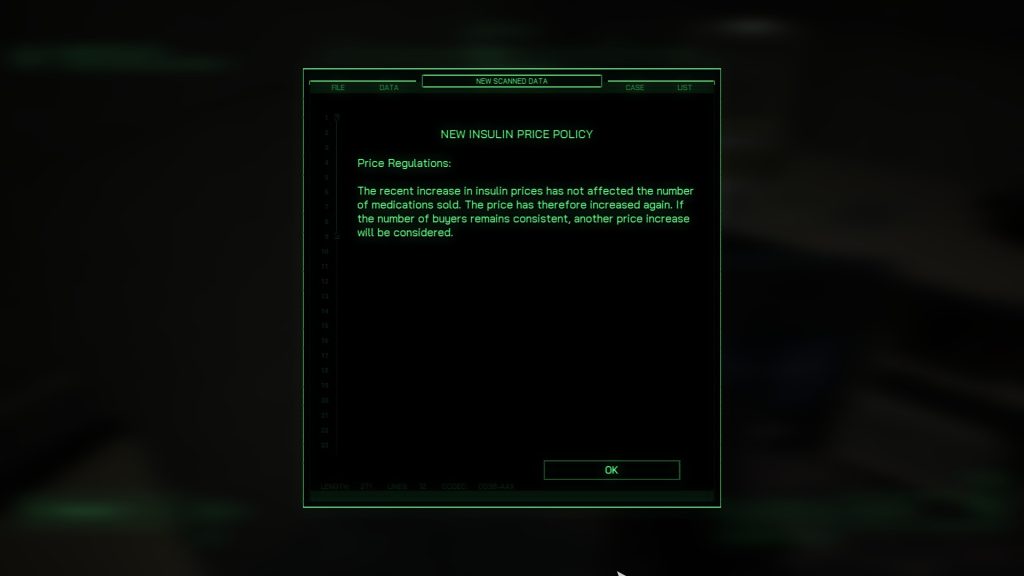
The game is also shockingly buggy. I have a pretty high tolerance of bugs in games as long as they are still playable, but it was still jarring how much weird glitches would pop up and how poorly optimized the game seemed to be.
This one mixes things up a little by having you switch to different perspectives during the game to move the story through flashbacks. You play as Alex Murphy, pre-RoboCop, as well as some other characters. They’re pretty brief, a little clunky, and 2/3 of the flashbacks are more walking sim-like bits, but I still liked them? I just think the variety was nice and the one that was hyped up the most, the Alex Murphy bit, was probably the least interesting one to me.
I am fascinated by how much this game references RoboCop 3, which is no one’s favorite in the series. It’s a bad movie but I think it has some interesting ideas in there (along with quite a few bad ones) that are in a film constantly being tripped up by studio mandates like how it must be PG-13 and appeal more to kids. It’s definitely not a Clone Wars/Prequel movies situation where it elevates the prequels, but it’s still interesting to me that it helps setup the events of the third movie a little by making people tired of OCP and introducing early versions of the robots in that movie and the jetpack and helps soften some (and just some) of the rougher parts of that movie like the kid being able to hack the ED-209 by saying that it’s always been an easily hackable pile of garbage. It’s too bad it’s such a poor movie because I think it’s really interesting that it’s a movie about homeless people vs cops and making the homeless people the good guys, but the movie is bad. I also don’t like Robocop 2 as much as other folks either, which means this is a franchise I know a lot about even though I really only like one movie in the series and one or two video games.
Anyway, this is a lot of complaining but I did enjoy my time with this expansion. It took me about 10 hours to complete and I think if you enjoyed the original game then you’ll like this. If you didn’t like that one, you’ll also not like this. Sometimes I just like my weird AA budget computer games that are a solid B that I won’t think about a ton after I finish them! I heard their Terminator game is like this too and should play that sometime.
RoboCop: Rogue City – Unfinished Business is available on PS5, Xbox, Steam, and GOG.


